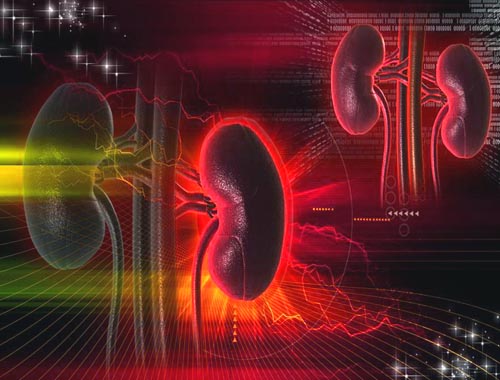Renal Tubular Acidosis
Renal tubular acidosis (RTA) is a disease that occurs when the kidneys fail to excrete acids into the urine, which causes a person's blood to remain too acidic. Without proper treatment, chronic acidity of the blood leads to growth retardation, kidney stones, bone disease, chronic kidney disease, and possibly total kidney failure. The body's cells use chemical reactions to carry out tasks such as turning food into energy and repairing tissue. These chemical reactions generate acids. Some acid in the blood is normal, but too much acid-acidosis-can disturb many bodily functions. Healthy kidneys help maintain acid-base balance by excreting acids into the urine and returning bicarbonate-an alkaline, or base, substance-to the blood. This "reclaimed" bicarbonate neutralizes much of the acid that is created when food is broken down in the body. The movement of substances like bicarbonate between the blood and structures in the kidneys is called transport. Renal Tubular Acidosis is rarely symptomatic. Patients with severe acidemia can show hyperventilation or Kussmaul breathing due to respiratory compensation. Patients with RTA have a low arterial pH and serum bicarbonate with hyperchloremia and a normal serum anion gap. The urine pH exceeds 5.5 in classic distal RTA, but is lower than 5.0 in patients with untreated proximal RTA. Alkali therapy is the mainstay of treatment. Potassium supplementation may be required for hypokalemia, and low-potassium diets are used if hyperkalemia is present. If hyperkalemic distal RTA is due to mineralocorticoid deficiency, fludrocortisone can be given.
